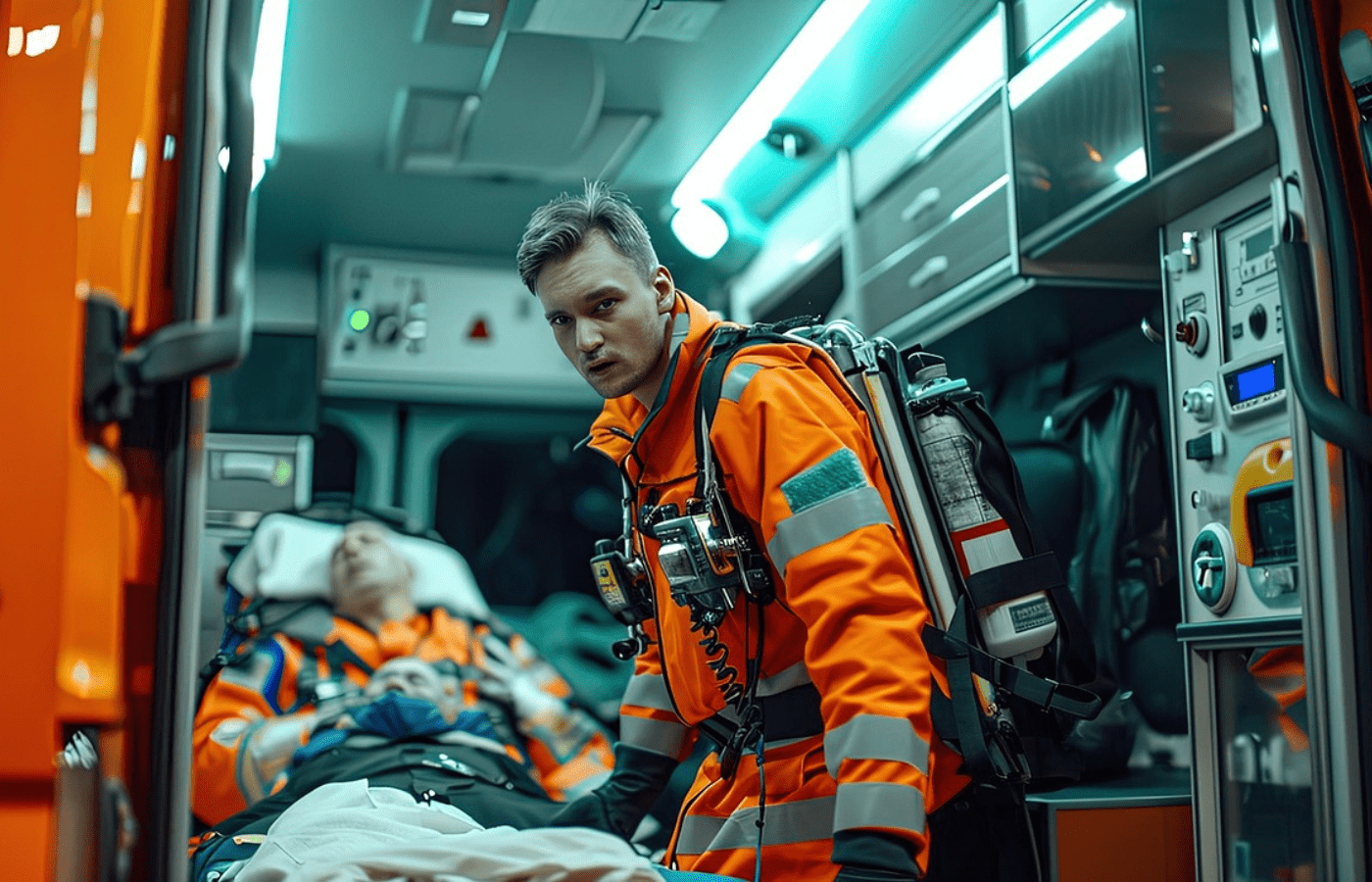When seconds count, technology can save lives. Emergency medical services (EMS) are evolving fast, thanks to new tools that speed up response times, improve patient care, and help first responders make better decisions on the spot.
These 10 incredible tech advances are making EMS faster, smarter, and more effective than ever. They’re transforming how help arrives—and what happens next.
1. Real-Time GPS and Traffic Routing
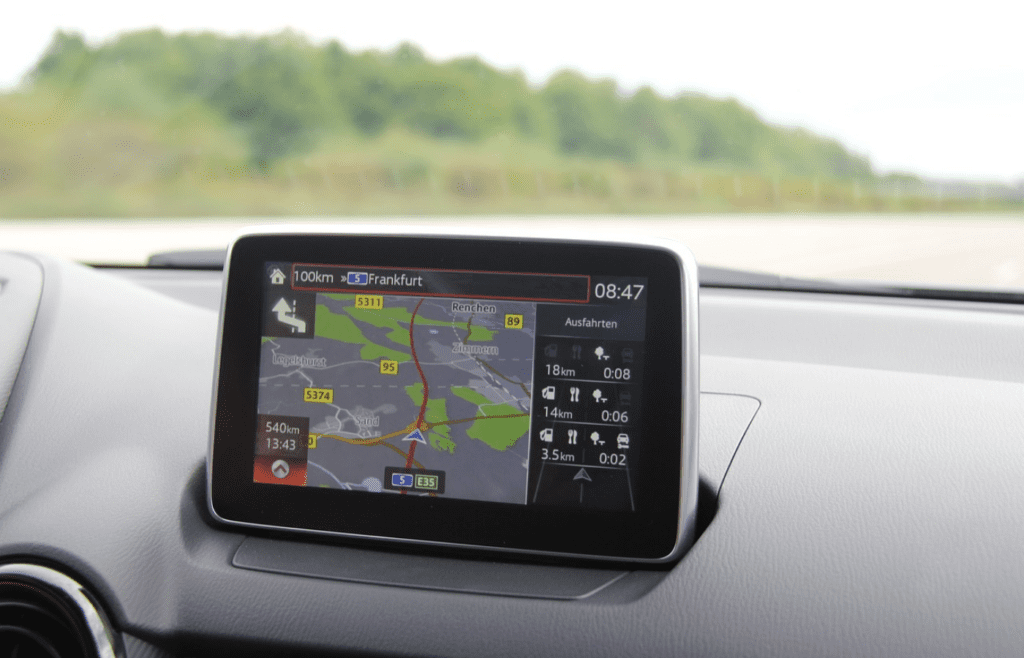
Advanced GPS now gives EMS vehicles live traffic updates and route optimization. This shaves crucial minutes off response times during emergencies.
2. Telemedicine in the Ambulance
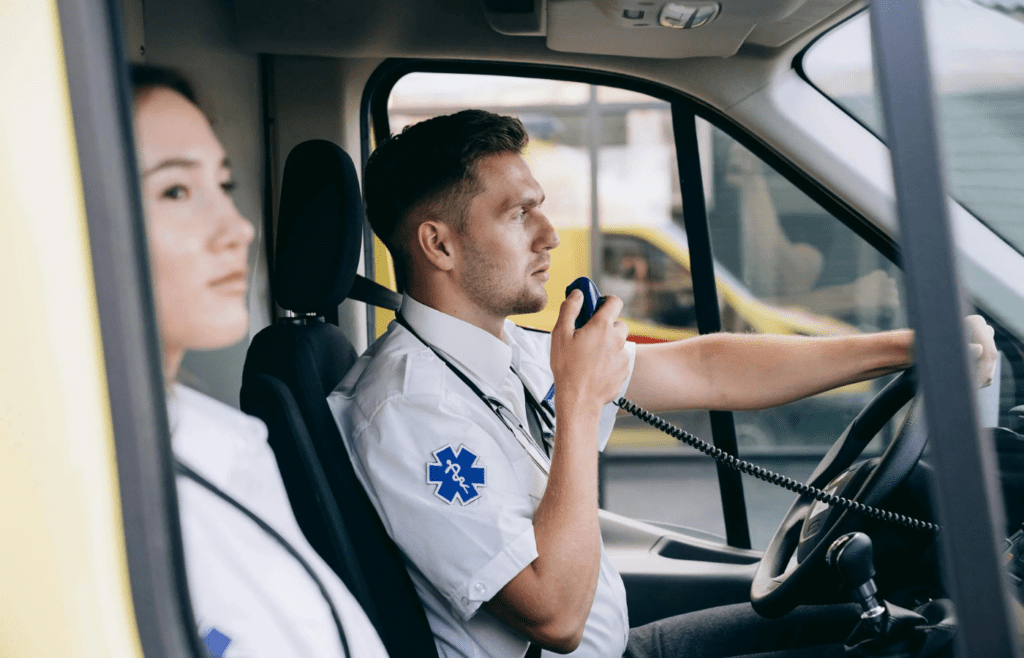
Paramedics can now consult ER doctors in real time using video calls. This helps start treatment early and prepare hospitals before the patient arrives.
3. Drone Delivery of Medical Supplies

Drones are being used to deliver defibrillators, blood, or medicine to remote or traffic-blocked areas faster than any ground vehicle can reach them.
4. Smart Wearables for First Responders
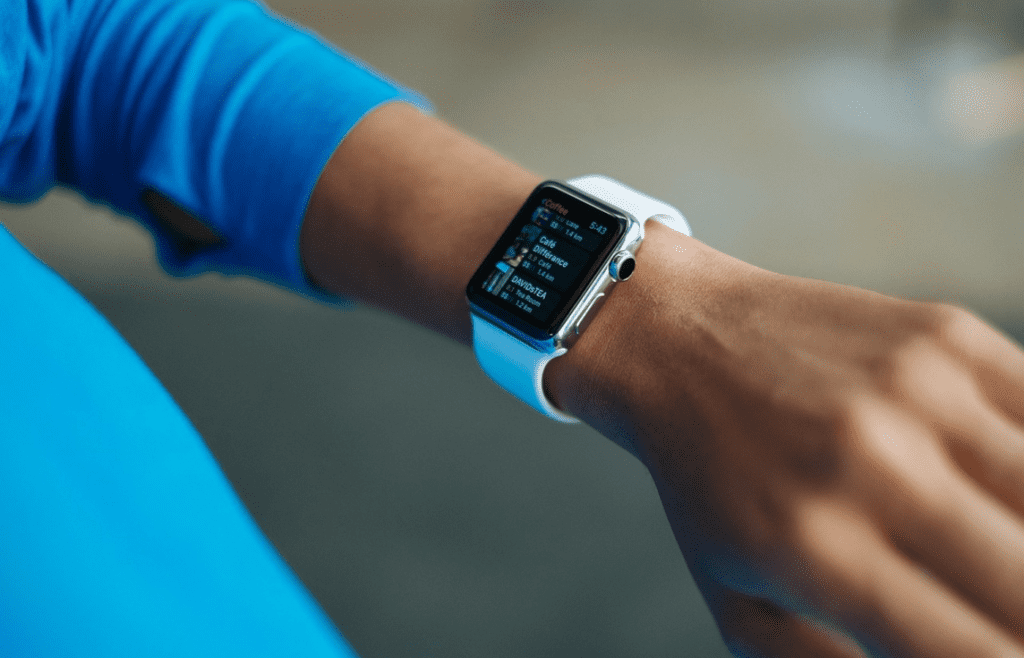
Wearables track the vital signs of responders and patients. Smart glasses can display patient data hands-free, improving speed and safety in chaotic situations.
5. Mobile Stroke Units
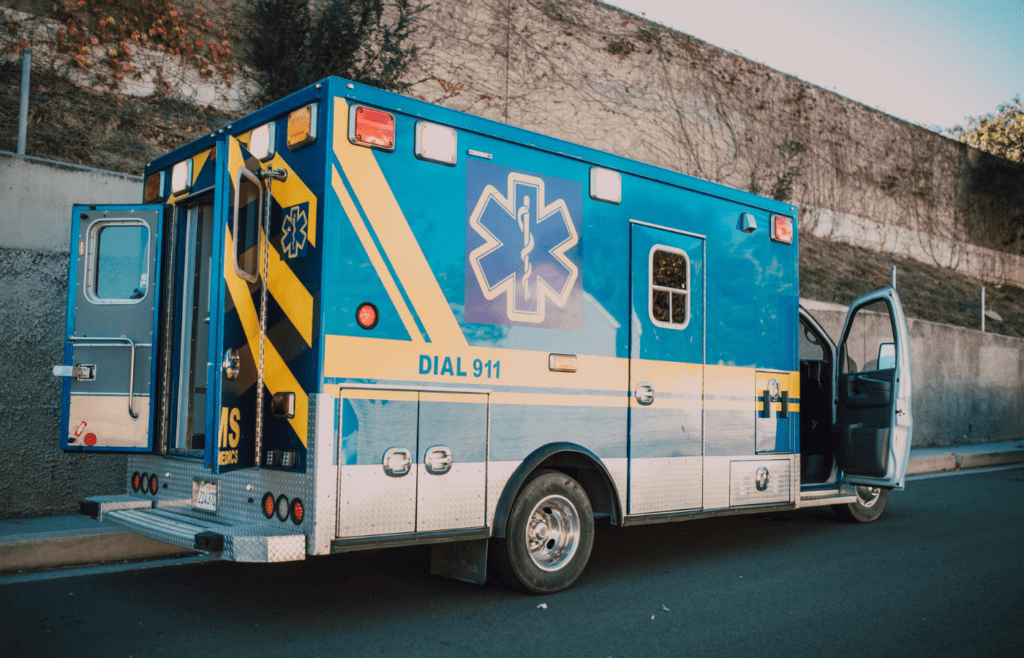
These high-tech ambulances are equipped with CT scanners and neurologists on call. They diagnose strokes in the field—cutting treatment time dramatically.
6. AI-Powered Dispatch Systems

AI helps prioritize 911 calls and match them to the right responders, cutting delays and improving accuracy when every second matters.
7. Automated External Defibrillators (AEDs) with Live Feedback

New AEDs give voice instructions and real-time CPR guidance. Even bystanders with no training can step in and help before EMS arrives.
8. Smart Ambulance Tech Integration
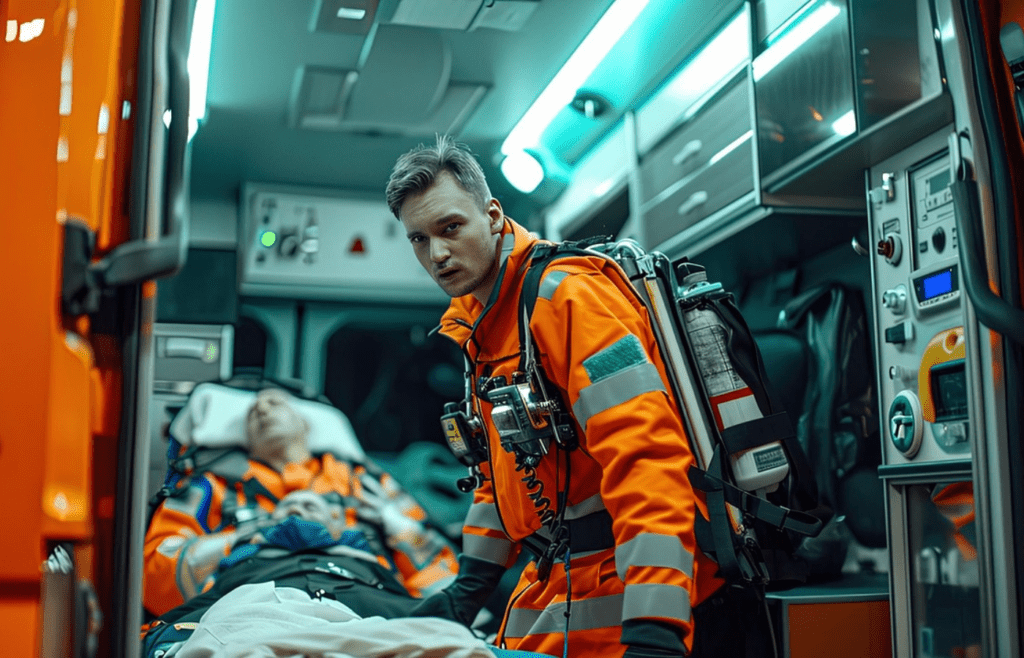
Modern ambulances connect vitals, EKGs, and other data to the hospital while en route. Doctors can start prepping for treatment before the doors open.
Read More: The 15 Most Overrated Tech Gadgets You’ll Regret Buying
9. Portable Diagnostic Devices

Lightweight tools let EMTs scan for internal bleeding, check heart rhythms, or test glucose on the scene—no waiting for hospital labs.
Read More: The 7 Weirdest Things Inventors Tried to Turn Into Smart Devices
10. Emergency Apps for the Public

Apps like PulsePoint or RapidSOS alert nearby trained responders and provide 911 with your exact location—giving you help faster, even before the ambulance arrives.
Technology is making emergency care faster, smarter, and more connected. And as these tools become more common, they’re not just helping EMS teams—they’re saving more lives every day.
Read More: 15 Proven Strategies to Crush Medical Debt Before It Crushes You

